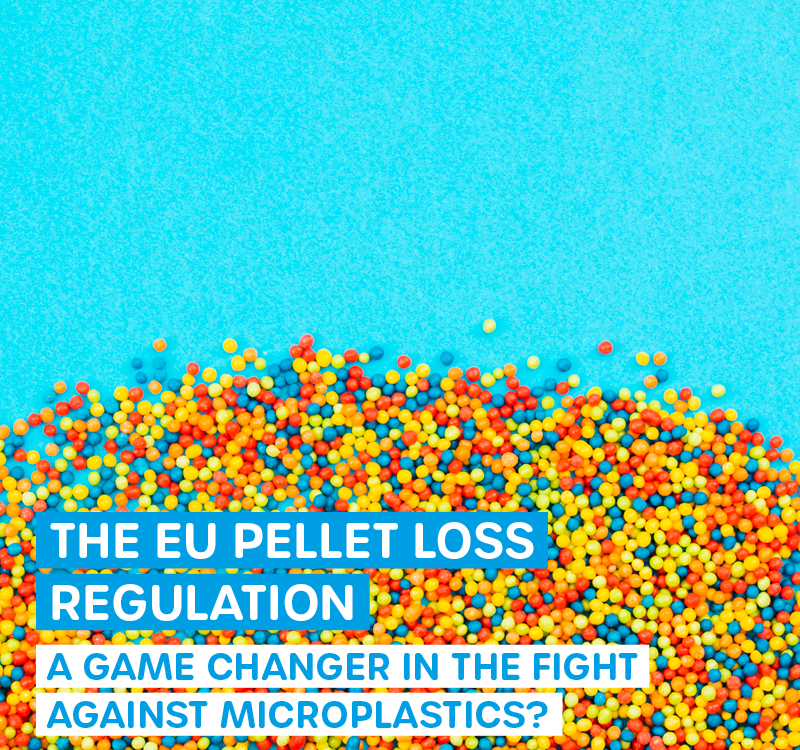
PFAS in everyday life
13. August 2025
Microplastic Mapping in Cities, Counties, and Rivers
19. August 2025Artificial turf versus hybrid turf: the underestimated microplastic pollution without prevention strategies
Scientific evidence from recent years clearly shows that artificial turf pitches without appropriate prevention strategies are a massive source of microplastic pollution. While hybrid turf is promoted as a more sustainable alternative, recent studies show that both hybrid and artificial turfs have complex environmental impacts. A critical analysis of irrigation and drainage cycles reveals systematic weaknesses that allow microplastics to enter aquatic ecosystems.
The scientifically documented microplastic crisis
The groundbreaking study by de Haan et al. (2023), published in Environmental Pollution, systematically documented the presence of artificial turf fibers in surface waters for the first time and identified artificial turf surfaces as a significant source of plastic pollution in aquatic environments. The research group at the University of Barcelona found that up to 15% of plastic particles larger than 5 mm in floating environmental samples originate from artificial turf fibers.
The quantitative findings are alarming: the study measured up to 20,000 artificial turf fibers per day in river water and more than 200,000 fibers per day in coastal surface waters. The artificial turf fibers are mainly composed of polyethylene and polypropylene and were found predominantly in coastal areas of large cities such as Barcelona.
Systematic emission pathways into aquatic systems
A comprehensive systematic review by Ryan-Ndegwa et al. (2024) in Environmental Health Insights documents that artificial turf could be responsible for 12% to 50% of global microplastic pollution. EU-wide findings show that approximately 16,000 tons of rubber granules from artificial turf pitches enter the environment in Europe each year, primarily through rainwater runoff.
Research by Beyond Plastics (2024) documented that each artificial turf field loses 0.5 to 8.0% of its synthetic grass fibers annually, which equates to 200 to 3,200 pounds of plastic waste per year. These microplastic particles migrate into the environment via air, soil, waterways, and oceans.
Irrigation and wastewater systems as a vector of pollution
Current research from 2024 on the generation of nano- and microplastics by artificial turf systems shows that mechanical stress, UV radiation, and weathering processes contribute to the fragmentation of synthetic grass fibers and infill materials, producing particles ranging in size from nanometers to millimeters. These nano- and microplastic particles are detected in drainage systems and soils near sports facilities.
The result: contamination of the water cycle
During irrigation and natural rainwater runoff, the water continuously transports microplastic particles from the playing field surface. One study predicts that in Denmark, three to five tons of granules are added to each artificial turf soccer field each year, half of which ends up in the environment. In Sweden, the amount of microplastic particles that end up in the sea and waterways each year from each artificial playing field is estimated at 70 kg (or 293 million particles).
The particles are released in various ways: via paved areas around the field (transported via shoes and clothing or deposited with cleared snow) and then enter the sewage system via drains.
Hybrid turf: Not a solution to the microplastics problem
Hybrid turf is often promoted as an environmentally friendly alternative. Artificial turf is used to structure and reinforce ordinary grass. However, scientific analysis by KIMO (2020) shows that caution is advised. Natural turf must never be cut too short, otherwise the synthetic fibers may be shredded.
The systematic analysis also shows that hybrid turf systems do not solve the fundamental microplastics problem but merely modify it. The synthetic fibers are subject to the same degradation processes as pure artificial turf, but in a more complex interaction with organic components.
How politics works: EU regulation and scientific policy recommendations
In September 2023, the European Union issued a ban on the sale of products with intentionally added microplastic particles, including granular artificial turf infill. This new EU regulation gives owners eight years to transition away from microplastic-containing infill materials. It is estimated that this regulation will cost the EU economy approximately US$11.5 to 20 billion over 20 years, while preventing the release of 500,000 tons of microplastic pollution.
What was missing until now: Scientific assessment of health risks
The systematic review from 2024 identifies microplastic particles as solid plastic particles smaller than 5 mm, with rubber granulate infill typically less than 1 mm in diameter and 50% of the artificial turf fibers examined smaller than 5 mm, classifying both as sources of microplastics.
The research documents polycyclic aromatic hydrocarbons (PAHs), heavy metals, and other volatile organic compounds in artificial turf samples that are potentially harmful to health. Possible exposure occurs through inhalation of volatile substances, accidental ingestion of rubber granules, or dermal absorption through cuts and abrasions during sports activities.
Persistent organic pollutants in artificial turf systems: PFAS contamination as an additional threat
Current research shows that PFAS lurk in the plastic blades of artificial turf sports fields. PFAS are a group of over 10,000 industrial chemicals known for their negative health and environmental impacts, including cancer, immunotoxicity, and fertility problems.
The combined toxicity of PFAS and microplastic particles produces stronger toxic effects in invertebrates than when acting alone, leading to developmental disorders, delayed sexual maturity, and growth disorders.
Tracking the data: quantified environmental impacts without prevention strategies
The study by de Haan et al. (2023) shows that up to 20,000 fibers per day flowed through the river studied and up to 213,200 fibers per km² floated on the sea surface in coastal areas. The research documents that up to 300 million fibers are lost from a single playing field each year and end up in rivers and oceans.
Laboratory studies demonstrate that nano- and microplastic particles originating from artificial turf can negatively impact soil microbial communities, aquatic organisms, and potentially human health through various exposure pathways.
Research shows that, apart from its impact on urban biodiversity, urban runoff, heat island formation, and the leaching of hazardous chemicals, artificial turf is a significant source of plastic pollution in natural aquatic environments.
Technological prevention strategies and their limitations: Filtration systems provide only an incomplete solution
Current research into damage mitigation approaches includes hybrid turf, particle retention systems, and improved maintenance protocols, with emerging research focusing on the development of novel, environmentally friendly materials as alternatives to conventional synthetic turf components.
However, existing filtration systems can only retain a portion of microplastic emissions, as they primarily treat drainage water but do not capture particles transported by wind, adhered to clothing, or transported via surface runoff.
Conclusion: More scientifically sound policy recommendations are needed
Hybrid turf does not solve fundamental microplastic problems but merely shifts them to more complex system contexts. The EU regulation for 2031 highlights the urgency of action, but comprehensive prevention strategies are already needed today.
Scientific evidence calls for a paradigm shift in sports facility planning: only through the consistent implementation of meaningful prevention and removal solutions, the use of alternative materials, and ultimately the gradual transition to more environmentally friendly solutions can the systematic contamination of aquatic ecosystems by microplastics be prevented.
Without these proactive measures, microplastic pollution caused by artificial turf will continue to increase—with unforeseeable consequences for marine biodiversity and human health.






